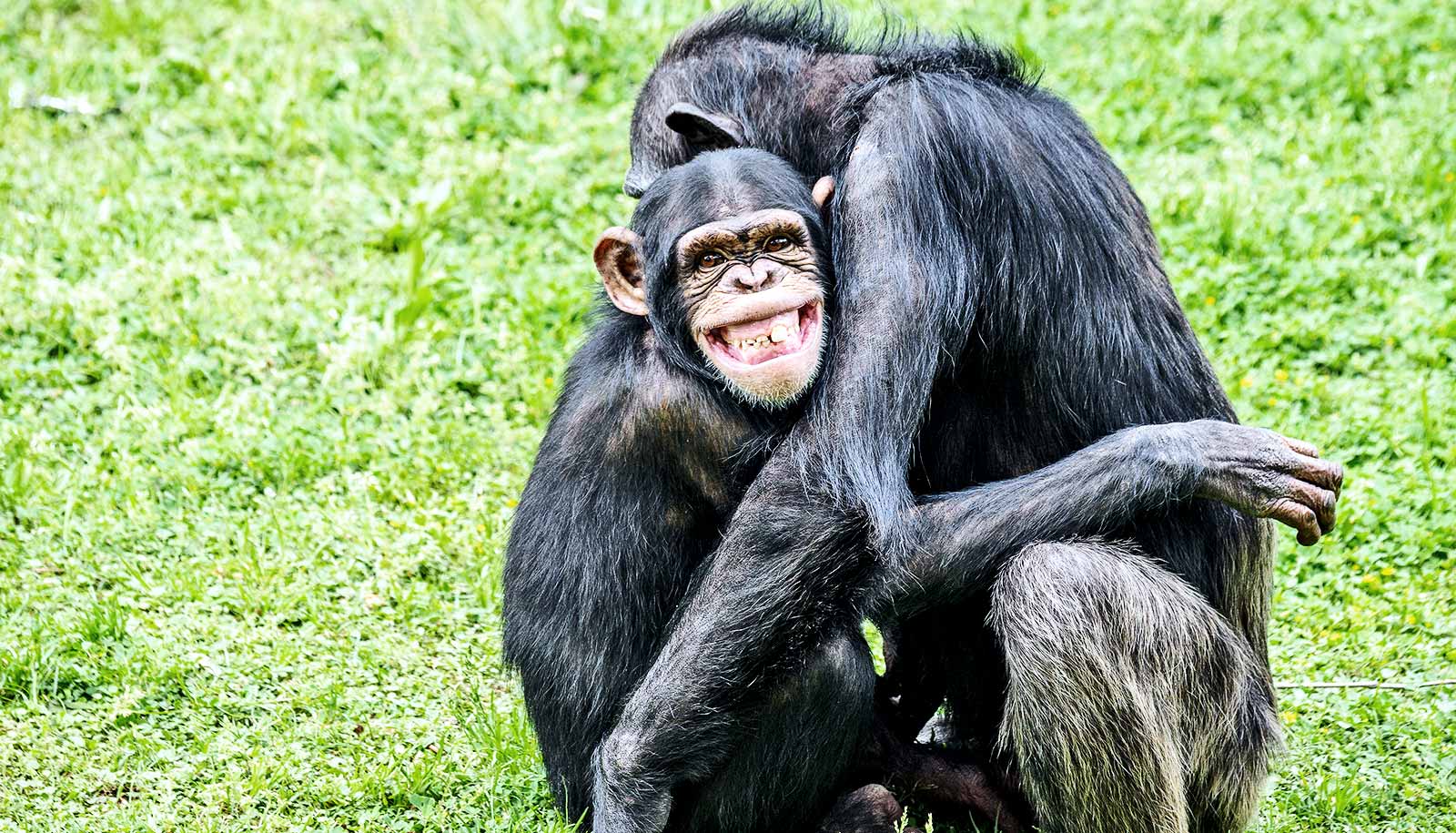A new study shows that a newly-discovered tooth fossil found at a 12.5 million-year-old site in Kenya belongs to a new species of ape—the smallest ever yet described, weighing just under 8 pounds.
Researchers say the discovery offers important clues about the unexplained decline in diversity of apes during the Miocene epoch.
At the beginning of the Miocene epoch, there were only a few species of monkeys, while there were a broad radiation of ape species ranging from 4 to 50 kilograms. Today, however, there are only a handful of ape species remaining.
Precisely what caused the decrease in ape diversity and rise of monkey diversity is a mystery that paleontologists have been contemplating for decades, says James Rossie, professor of anthropology at Stony Brook University, but many suspect that direct competition between the two groups was to blame.
“One thing this shows us is that some apes were leaning toward folivory at just the time when monkeys were evolving their uniquely effective adaptations for it,” Rossie says.
“Under those circumstances, I’m not surprised that this is the last you see of these small apes. We’ve previously found the earliest colobine monkeys at these sites, and now we have an ape that looks like it would have been in direct competition with them for food,” he says.
The small ape is also the latest-surviving member yet described of the small apes that flourished in the early Miocene epoch.
The greatest obstacle to solving this puzzle is the relative scarcity of fossil sites in the middle of the transition, Rossie says—from about 14 to 6 Ma. The new species comes from sites in the Tugen Hills that are among a small number of African sites in this time range.
The study will appear in the Journal of Human Evolution.
The late Andrew Hill, an anthropology professor at Yale University, is a coauthor of the work.
Source: Stony Brook University



